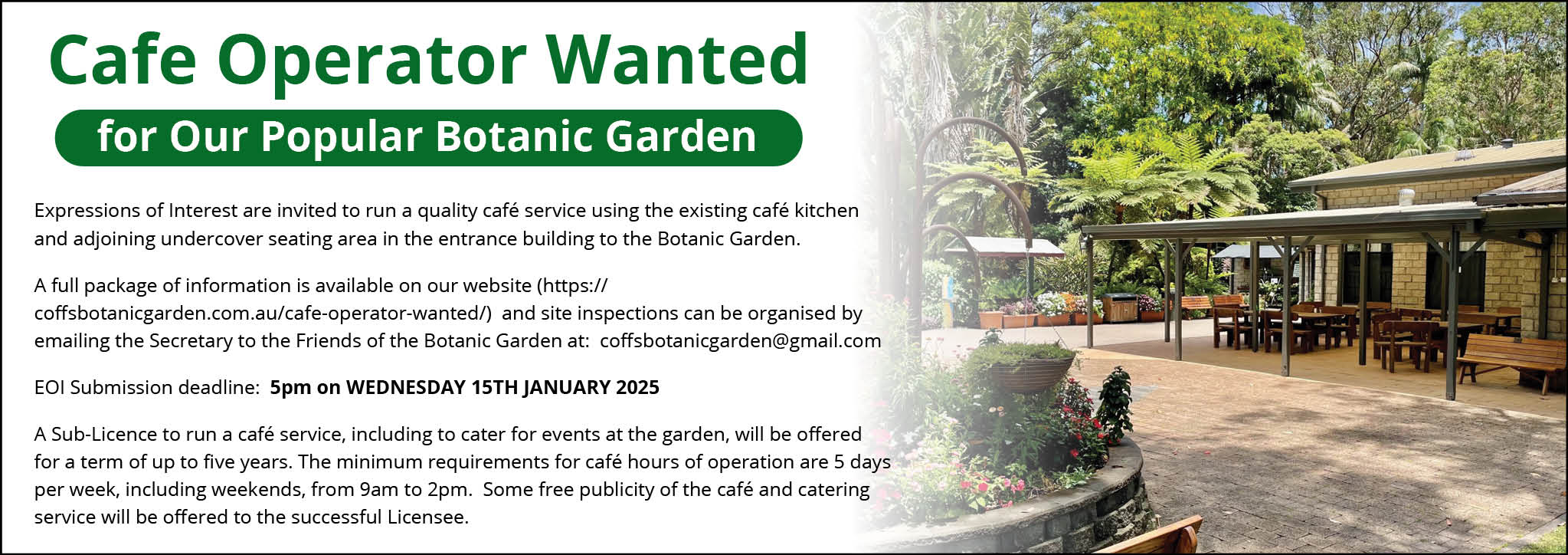
WHEN Coffs Harbour birding enthusiast Ellany Whelan snapped a photo of a shorebird early one morning at Old Bar beach, she had no idea the picture would open up the fascinating details of the bird’s travel itinerary of the past eight years.
A member of both the Bellingen Birders group and the Coffs Coast Bird Observers (CCBO) group, Ellany was participating in a three-day, two-night campout organised by the CCBO, which gave the group time to explore an area away from their usual birding spots.
 Advertise with News of The Area today.
Advertise with News of The Area today.It’s worth it for your business.
Message us.
Phone us – (02) 4981 8882.
Email us – media@newsofthearea.com.au
As the planned group outings for the day were not starting until 8.30am, Ellany and fellow birder, Cheryl Cooper, decided to have an early start to explore the nearby tidal inlet from the ocean side.
“As we walked along the beach, we noticed a Pied Oystercatcher successfully hunting pippies at the water’s edge, so we stopped and watched for a little while,” Ellany told News Of The Area.
“Although light conditions were not ideal, being quite harsh in the early morning and with the sun behind the bird, I snapped a couple of shots for record purposes before we moved on.”
It was only later, on reviewing the day’s photos, that Ellany noticed the leg flag, and that it was clear enough to report to the Australian Bird and Bat Banding Scheme (ABBBS).
A few days later Ellany received a reply from the ABBBS giving details about the bird from past recorded sightings.
“It turned out to be a South Island Pied Oystercatcher (SIPO), normally a New Zealand bird, so a rare visitor to our coast.
“And it’s the only SIPO that the Victorian Waders Group has banded.”
A spokesperson for the Department of Climate Change, Energy, the Environment and Water told NOTA that the flagged bird Red N1 was banded on 6 August 6, 2016, as a three-year-old at Stockyard Point in Westernport, Victoria.
“The time between banding and resighting was eight years, three months and fifteen days which set a record for the longest time between banding and resighting of this species in Australia.
“This is currently the oldest known banded bird of this species in Australia.”
There have been three recorded sightings in Victoria in 2016, 2017 and 2018.
The next ID recordings were in Ballina, in 2019 and 2020.
In 2021, the bird was sighted on the Manning River estuary.
In December 2023, it was seen at Old Bar beach and in November 2024, Ellany spotted the bird back on the beach at Old Bar.
“I have reported a couple of banded sightings previously, through the ABBBS, as it adds to the store of knowledge on the species of interest for those that can constructively use the data, and it is also fascinating to receive an insight into the life of the bird seen.
“I am always amazed at the distances these small and seemingly fragile creatures manage to cover, all under their own steam.
“That, and the mere fact of an individual’s continued survival under what must be increasingly difficult conditions, such as habitat loss and human interference,” Ellany said.
“Being present to witness such natural behaviour is always a blessing, so I am very conscious of minimising any impact my presence may have in possibly disturbing any bird from attending to its daily requirements, especially birds that may have just flown thousands of kilometres and need their rest and food.”
By Andrea FERRARI